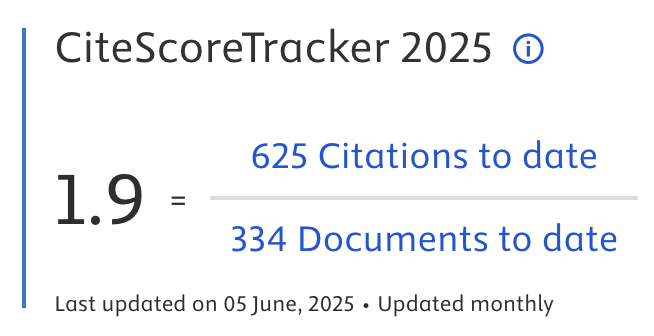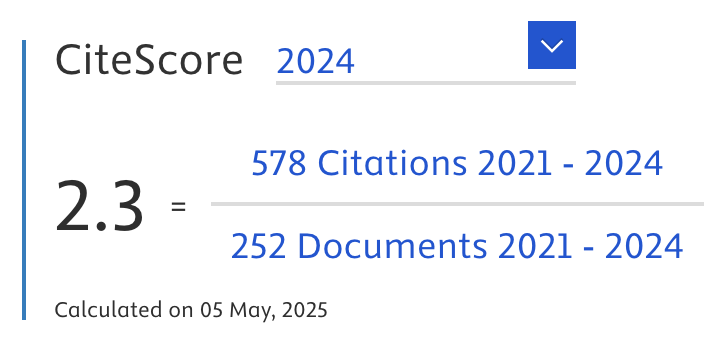Maximizing Strategy Improvement in Mall Customer Segmentation using K-means Clustering
Abstract
The application of customer segmentation is very vital in the world of marketing, a manager in determining a marketing strategy, knowing the target customer is a must, otherwise it will potentially waste resources to pursue the wrong target. Customer segmentation aims to create a relationship with the most profitable customers by designing the most appropriate marketing strategy. Many statistical techniques have been applied to segment the market but very large data are very influential in reducing their effectiveness. The aim of clustering is to optimize the experimental similarity within the cluster and to maximize the dissimilarity in between clusters. In this study, we use K-means clustering as the basis for the segmentation that will be carried out, and of course, there are additional models that will be used to support the research results. As a result, we have succeeded in dividing the customer into 5 clusters based on the relationship between annual income and their spending score, and it has been concluded that customers who have high-income levels & have a high spending score are also very appropriate targets for implementing market strategies.
Article Metrics
Abstract: 3445 Viewers PDF: 2330 ViewersKeywords
Segmentation; Strategy; Clustering; K-Means
Full Text:
PDF
DOI:
https://doi.org/10.47738/jads.v2i1.18
Citation Analysis:
Refbacks
- There are currently no refbacks.

Journal of Applied Data Sciences
| ISSN | : | 2723-6471 (Online) |
| Collaborated with | : | Computer Science and Systems Information Technology, King Abdulaziz University, Kingdom of Saudi Arabia. |
| Publisher | : | Bright Publisher |
| Website | : | http://bright-journal.org/JADS |
| : | taqwa@amikompurwokerto.ac.id (principal contact) | |
| support@bright-journal.org (technical issues) |
 This work is licensed under a Creative Commons Attribution-ShareAlike 4.0
This work is licensed under a Creative Commons Attribution-ShareAlike 4.0





.png)